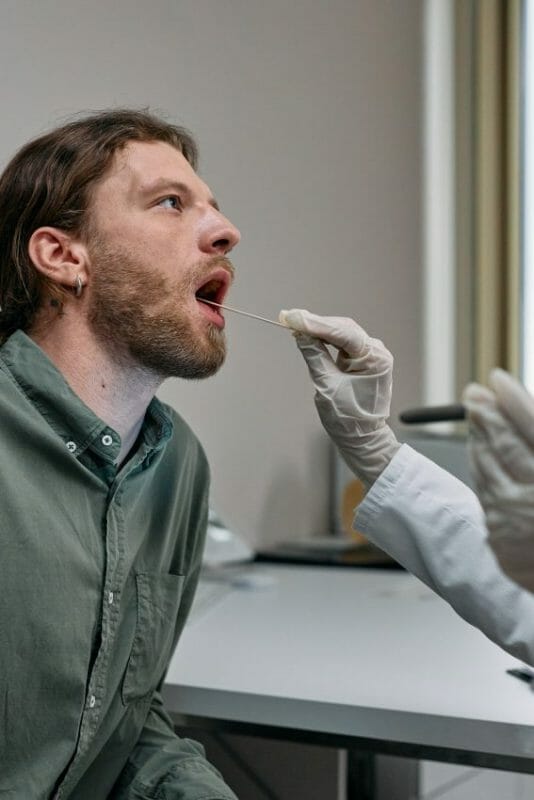Saliva collection is necessary for various reasons. When you collect it, there are best practices, as is the case with just about anything else. You must make sure that you adhere to those best practices.
You will most likely want to use an SDNA saliva collection method. It’s a self-collection technique that usually yields the best results. We’ll talk a little bit more about saliva collection best practices in the following article.
Before the Collection
The subject should not ingest anything for an hour before collection. They should also not floss or brush their teeth for an hour beforehand.
They should drink only water or nothing for 30 minutes before the collection process takes place. They should also not have any dental work done for 24 hours before the saliva is collected.
Where Does Saliva Collection Usually Occur?
You can either go to a lab or medical facility where someone can collect a saliva sample from you, or else you can do it yourself at home. Which method you’ll use depends on what the doctor wants.
You might also have to give a saliva sample for a DNA comparison for criminal investigations. If that happens, you’ll almost certainly need to submit to a saliva collection that someone else will do for you.
Using a Bulb Pipette
There is a tool used in the medical field called the bulb pipette. They are usually made from glass, and they’re long, thin tools into which you can draw a liquid, such as saliva.
Bulb pipettes are useful for saliva collection because they allow for the careful extraction of saliva from the human mouth when the lab needs a particular amount of liquid. They are precisely calibrated so the lab gets the proper volume and can conduct whatever testing is necessary.
Using a Swab
You or someone else can also collect your saliva with a swab. When you do that, or when another individual does it for you, you will get a much smaller amount than what you’d collect using the bulb pipette method.
The swab method involves you keeping your lips closed most of the way. You or the person holding the swab inserts the tip carefully into your mouth. Saliva pools on either side of your tongue, so that’s the best place to aim.
How Long Can You Store Saliva?
If medical testing from your saliva is going on, or if the police need to rule you out as a suspect by testing your DNA from the saliva, the lab has about six months to do that. They can potentially store your saliva up to that point. After that, it’s no longer usable, and they must collect a fresh sample.
If they’re storing the saliva and can’t test it immediately, they must have it in a location that they keep anywhere from -20 Celsius to -80 Celsius. Ideally, though, they should test it before much time elapses.
If you follow these practices, you should get the best results from your saliva collection.

